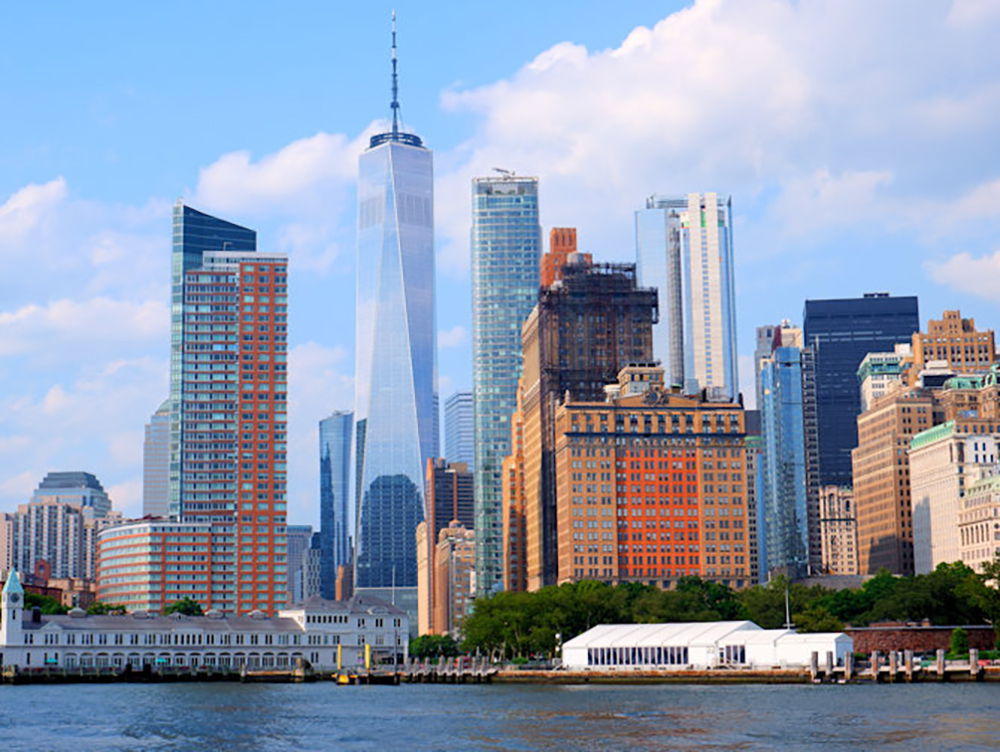|
Getting your Trinity Audio player ready...
|
By: Hadassa Kalatizadeh
A lot has changed in Lower Manhattan since the tragic terror attacks that were perpetrated 22 years ago. In some ways the neighborhood is barely recognizable. Formerly, strictly a commercial area, which would fall into a slumber after work hours, the area now contains a mix of office, retail and residential buildings.
As per a recent article in Crain’s NY, as we forge ahead more changes are coming to Lower Manhattan. The two major challenges that the downtown landscape is facing is office vacancies and affordable housing—which mirrors the city as a whole. As for commercial real estate, it has been ailing since the COVID-19 pandemic hit. Downtown Manhattan’s recovery has been slower than in Midtown and Midtown South. In the most recent report, Collier found that in August, Downtown had the lowest amount of leasing activity, about 445,000 square feet, out of the three major parts of Manhattan.
It also had the lowest average asking rent, at $58.24 per square foot, as well as the highest availability rate, 21.3%, per the Collier data. Reasons given for downtown’s slow leasing recovery include the older condition of most buildings in the area. Midtown and Midtown South boast newer buildings with better amenities, and now that leasing prices for offices in those areas have dropped, businesses are taking advantage of it and moving their offices to other neighborhoods. Also, Midtown and Midtown South have easy access for suburban commuters, particularly with the new LIRR station in Grand Central and Penn Station, while downtown still requires several transfers. On the plus side, Lower Manhattan does boast an easier commute for parts of Brooklyn and New Jersey.
For these reasons, commercial real estate in lower Manhattan has been slow to fill, and this leads us to the other problem of affordable housing. As per Crain’s, lower Manhattan is a prime candidate for office-to-residential conversions, especially since the area has already seen the successful conversion of a number of buildings and the scene has already changed for the better. To add to the wave of conversions, in July, Silverstein Properties and Metro Loft Management announced that they have partnered to buy the office building at 55 Broad St. and plan to turn it into apartments.
Crain’s reported that the developers paid the Rudin family roughly $173 million for the 30-story building which was opened in 1967 and had served as the headquarters for Goldman Sachs until 1983. “Amid a citywide housing shortage, our conversion of 55 Broad Street will create hundreds of new apartments in Lower Manhattan,” Marty Burger, CEO of Silverstein Properties, had announced. “As our local and national policymakers look to conversions as a critical way to generate new housing, Downtown continues to be a model mixed-use neighborhood, offering lessons to cities across the country.” The plans call for creating 571 new apartments,
Similarly, at 5 World Trade Center, one of the last remaining development sites of the World Trade Center left to rebuild, there was a strong push to turn the building into affordable housing instead of more office space. Following ample controversy, Brookfield Partners and Silverstein Properties are spearheading a $1.2 billion project at 5 World Trade Center. The project was originally supposed to include about 1,200 housing units, 25% of which would be affordable. The developers later raised the allotment to 30% affordable, but increased the eligibility income levels.





